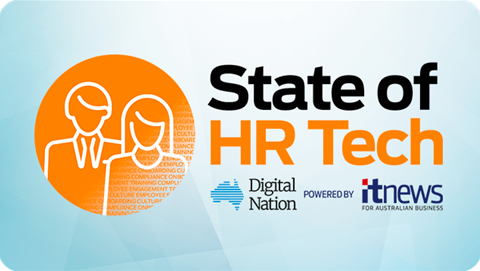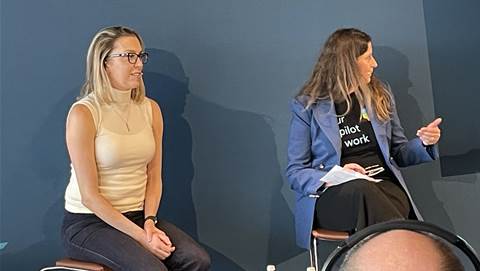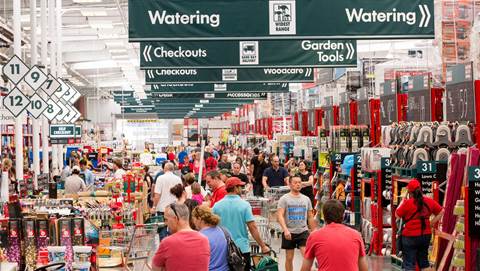A report from Australia’s Workplace Gender Equality Agency (WGEA) reveals that less than 50 percent of Australian women across every age range are working full-time.

Despite the global digital gender divide, Australian women are more educated and more qualified than Australian men, outnumbering them in higher education enrolments and in higher education completion rates, however, they continue to be underrepresented in leadership positions and in workforce participation.
With 90 percent of higher-paid management positions being reserved for the full-time workforce, women are less likely to escalate into management ranks, being twice as likely to be working in a casual or part-time capacity than men.
According to WGEA director Mary Wooldridge, “Too many employers are missing a huge talent pool by not encouraging and enabling women to work additional hours or in the managerial ranks.
“With effective policies, workplaces can both enable women to work full-time if they chose to and make higher-paid managerial roles more accessible for those who work part-time.”
When it comes to the gender pay gap, the report reveals that the pay gap favours men in every age group, consistently growing from 2.5 percent for under 24-year-olds, to over 30 percent for employees aged 45-64.
Should the current trends continue, the World Economic Forum predicts that it will take 135.6 years to close the global gender pay gap.
The report reveals that women’s movement away from full-time work largely occurs from age 35 onwards, and should this trend continue, millennial women will earn just 70 percent of men’s earnings by age 45.
According to WGEA’s gender pay gap map, “Women are more likely to have interrupted careers and reduce their participation in the workforce to care for children and other family members, while men are less likely to have access to or utilise parental leave and flexible working arrangements. Differences in how women and men can manage paid and unpaid responsibilities can impact opportunities for advancement into more senior and highly paid roles.”
This doesn’t have to be the case as up until age 35, Australian women are reaching management positions at equal rates to their male counterparts, said Wooldridge.
“If organisations want to unlock the potential that these women can provide after the age of 35, there needs to be a shift in workplace structures surrounding them. Creative workplaces will reap the talent rewards today and in the future.”
Digital Nation Australia explored indigenous work-force participation last month, where The Minderoo Foundation's Indigenous Employment Index 2022 revealed that indigenous employees are almost entirely absent from senior leadership positions in Australian big business, with only 0.7 percent of organisations reporting relevant data having appointed Indigenous leaders into senior and executive roles.
According to Shelley Cable, CEO Minderoo's Generation One, "This is not a reflection of the potential of Indigenous Australians, or our capability to contribute to today’s workforces."


.png&h=140&w=231&c=1&s=0)


.png&h=140&w=231&c=1&s=0)



.png&w=100&c=1&s=0)

 iTnews Benchmark Security Awards 2025
iTnews Benchmark Security Awards 2025
 Digital Leadership Day Federal
Digital Leadership Day Federal
 Government Cyber Security Showcase Federal
Government Cyber Security Showcase Federal
 Government Innovation Showcase Federal
Government Innovation Showcase Federal
 Digital NSW 2025 Showcase
Digital NSW 2025 Showcase












_(1).jpg&h=140&w=231&c=1&s=0)



